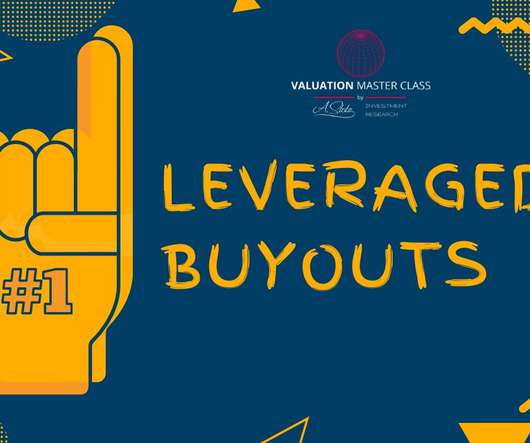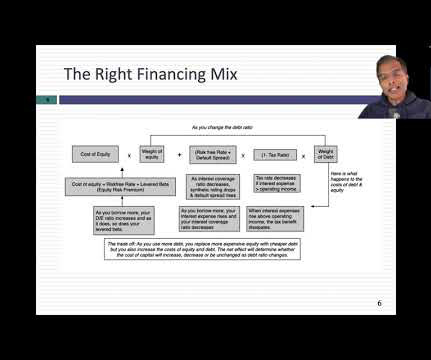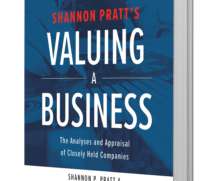Boards’ Dilemma: The Compounding Problem Hidden in Share Buyback Execution Products
Reynolds Holding
DECEMBER 10, 2023
As a capital allocation decision, share buybacks intersect all three of the main corporate finance activities of investing, financing, and dividends [1]. Buybacks for Financing A company can alter the debt-to-equity ratio of its capital structure by issuing debt and/or buying back shares.





















Let's personalize your content